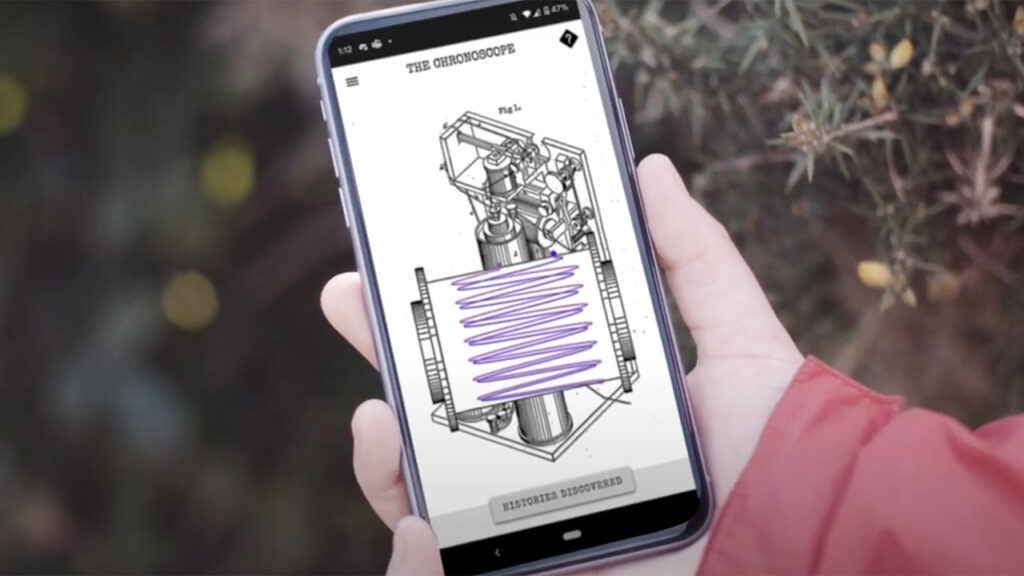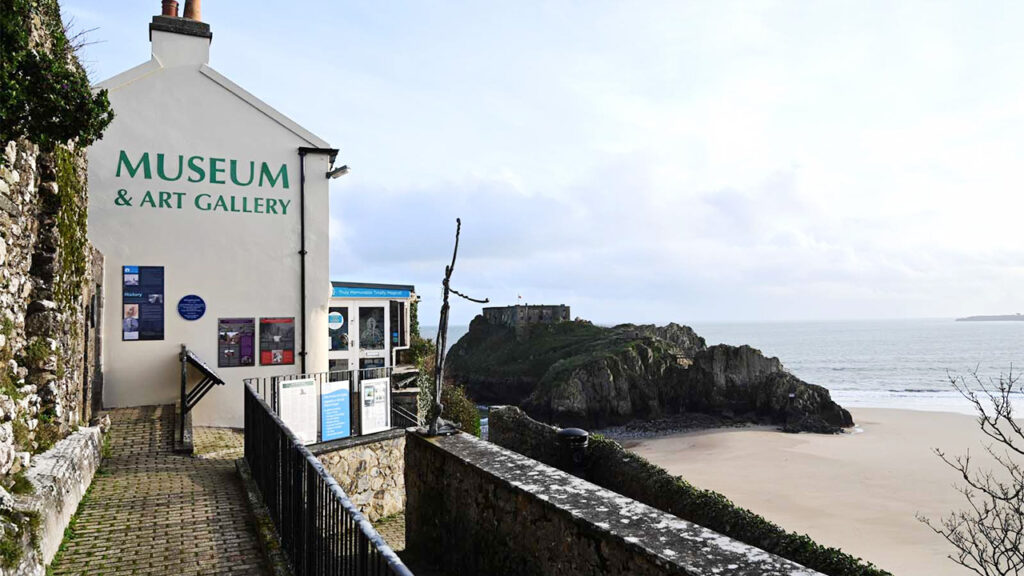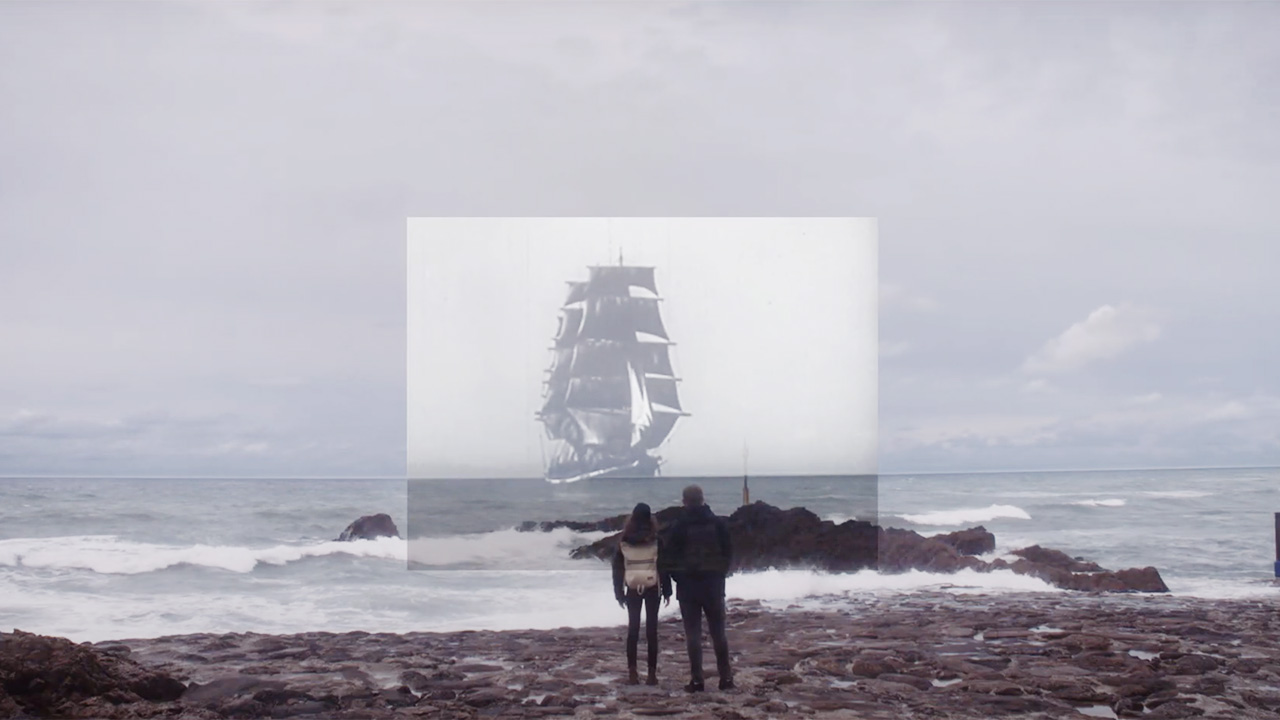On July 14, Heritage Digital hosted #HeritageDigitalNow: Digital Storytelling as part of its ongoing inquiry into how digital and technology can enhance the storytelling capabilities of the heritage sector. As heritage sites continue to find ways to convey their rich stores of historical narratives and archives in a digital sphere for an increasingly digitally savvy audience, the virtual conference offered strategies that could help strengthen their online reach and presence.
“When you’re going to be telling your stories online, you’re going to be telling it through content,” as Andrew Davis, Social Media & Content Marketing Trainer at Heritage Digital, put it at a session. “So we need to understand how to create digital content.”
Here are four key takeaways from the event.
Extended reality technologies can bring history to life (again)
For heritage museums, finding ways to make history deeply engaging for new audiences remains a constant task. More and more, though, they’re uncovering how technologies such as augmented reality (AR) and virtual reality (VR) can transform historical narratives into multi-sensory experiences, while appealing to younger visitors.
Amy Shakespeare, Innovation Manager at Cornwall Museums Partnerships, points to her organization’s wAVE Project, begun in 2019, which built immersive experiences, powered by AR and VR, with five small heritage venues in Bude, Looe, St Agnes, Porthcurno, and the Isles of Scilly. While enabling these sites to tell stories in new and different ways by leveraging “user-centered design,” in the long-term, these projects boosted the digital confidence of the teams in these museums, Shakespeare noted, changing “the way they tell stories and what they could do in the future.”

Fueled by a £800,000 investment, the wAVE Project spearheaded the development of five immersive experiences for small heritage organizations in the district, tapping advanced technologies such as AR and VR. Image: Cornwall Museums Partnership
Turn to partnerships for a tech boost
Of course, Shakespeare is not unaware of the costs associated with an AR or VR build-out: “I’m not gonna say that it’s cheap to do a VR experience.” But while economic limitations for smaller heritage institutions exist, they’re not insurmountable. She emphasized that strategic partnerships with universities and technology companies — some of whom are “desperate to work with museums, who want to work with the collections and the stories that they have to tell” — can often assist institutions with their digital storytelling efforts. wAVE, for example, was the product of a partnership with Falmouth University, whose Games Academy provided technological know-how.
Small museums, she noted, have an advantage too: “Smaller museums have agility and a team of usually completely dedicated volunteers who are so passionate about telling the stories in better ways that actually they bring a lot to the project.”
Image, video, and picking the right platform for digital storytelling
For heritage institutions hoping to engage younger generations, grabbing their audiences’ interest is key. The quickest way to their attention centers? Visuals. “One thing to think about online is that visuals are processed 60,000 times faster than text,” said James Berg, Founder of Picaroons, a content marketing company. “Wherever you can have visuals, that’s always going to help people notice you and stop on the feed.”
Though a platform like TikTok might most easily reach younger demographics for its exciting mix of visual and audio stimulation — and in fact, has been a popular channel for some cultural institutions — not every museum needs a TikTok account. Instead, heritage organizations should decide which platform best serves them, their mission, and target audience; it’s better to excel at one platform versus being average on all platforms.
“What is your personality?” Andrew Davis said. “Because every organization online will have a personality. What is yours?” Additionally, would a 30-second long TikTok video better illustrate your collection? Is your audience more active on Instagram Live? Or do your visitors prefer to consume content on YouTube? “I always say to people: get comfortable telling your story on [social media platforms],” Berg added. “Once you’re comfortable with that, start to apply the story to different platforms.”
Leading with content and context

Culture24’s Museum Crush platform shares the stories behind smaller heritage venues such as the Tenby Museum and Art Gallery in Pembrokeshire, Wales (above) via their histories and artifacts. Image: Museum Crush
Then again, institutions should be wary of being carried away with the latest in advanced technologies or digital platforms. Panelists at “How Tech Can Be Used To Strengthen A Story And Broadcast It To More Audiences” agreed that storytelling should lead organizations’ outreach efforts rather than the technology. Or as Alec Ward, Digital Skills Manager at Culture24, put it, “Innovation should be context-based.”
Culture24’s own Museum Crush editorial platform features such stories of various heritage organizations around the UK and their holdings. Launched in 2017, the site now attracts about 35,000 visitors per month with plans to move into podcasting and short-video content. Though not the most massive of audiences, the project has a bigger objective and takes a longer view, said Ward, of “enabling [organizations] to create these stories and use these platforms to see how their content can work in different ways, in different places, with different audiences.”



